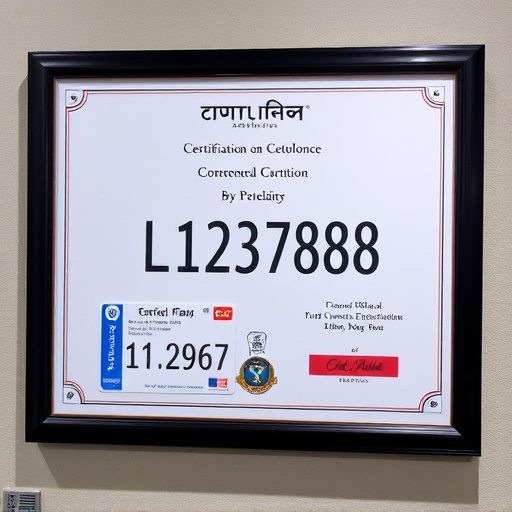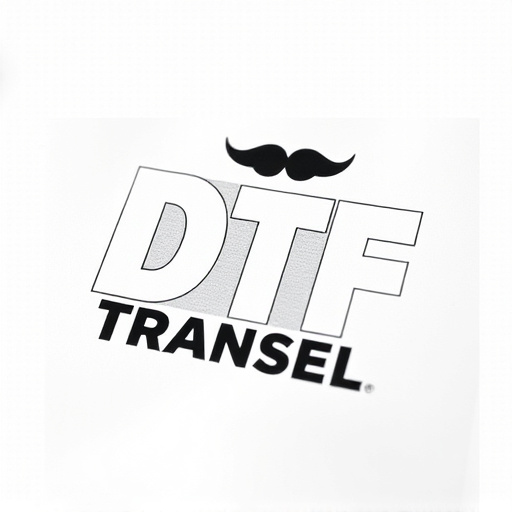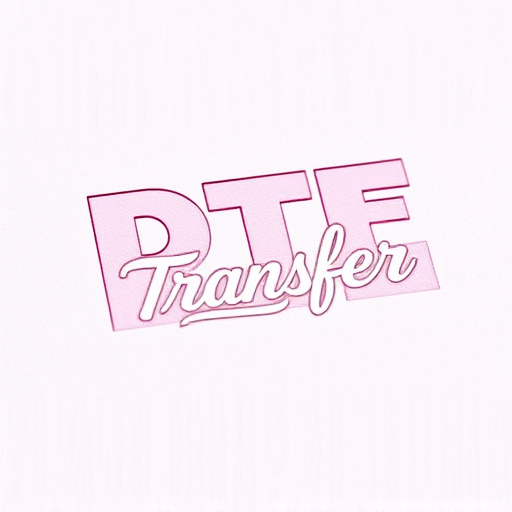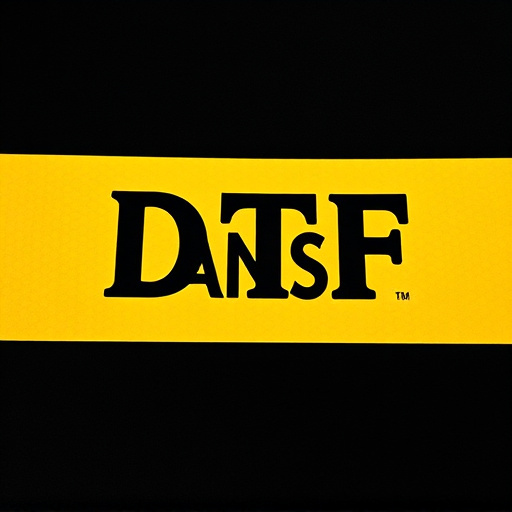Direct-to-Film (DTF) transfer is a cutting-edge printing method offering vibrant, detailed prints with unmatched quality. Key factors for selecting high-quality DTF options include print resolution, color accuracy, media compatibility, durability, ease of use, and after-sales support. Modern DTF printers use advanced inkjet systems and specialized films to produce sharp images. Professional DTF transfers provide superior image quality suitable for advertising, signage, and event merchandising. Companies like Printic and Lab 4 Art simplify memory preservation through user-friendly DTF printing services. To preserve DTF prints' quality over time, use high-quality materials, proper storage conditions, and archival frames or envelopes.
“Unleash the power of direct-to-film (DTF) transfers and elevate your printing game! This comprehensive guide explores the finest DTF transfer options available, offering unparalleled quality and precision. From understanding the fundamentals of DTF technology to uncovering the benefits for diverse applications, we demystify this innovative process.
Discover top service providers and their unique strengths, ensuring you make an informed choice. Learn preservation techniques to prolong the lifespan of your DTF prints, making them stand the test of time.”
- Understanding Direct-to-Film (DTF) Transfer: A Comprehensive Overview
- Factors to Consider When Choosing High-Quality DTF Transfer Options
- The Role of Technology in Enhancing DTF Printing Accuracy and Clarity
- Benefits of Professional DTF Transfers for Various Applications
- Popular DTF Print Service Providers and Their Unique Features
- Ensuring Longevity: Preservation Techniques for Optimal DTF Prints
Understanding Direct-to-Film (DTF) Transfer: A Comprehensive Overview

Direct-to-Film (DTF) Transfer is a cutting-edge printing process that has revolutionized the way we reproduce and preserve visual art. Unlike traditional printing methods, DTF involves transferring ink directly onto a film surface, creating incredibly detailed and vibrant prints. This innovative technique offers unparalleled quality, ensuring every nuance and texture of the original artwork is captured accurately. The beauty of DTF lies in its versatility; it can be applied to various media, from fine art paintings to photographs, sculptures, and even textiles.
DTF Printing has gained immense popularity among artists, collectors, and enthusiasts due to its ability to produce high-resolution prints with a unique, almost palpable, quality. The process starts by digitizing the original artwork, converting it into a format suitable for printing. Then, specialized equipment precisely applies ink onto a flexible film, layer by layer, until the entire image is transferred. This method allows for complex details and fine lines to be reproduced flawlessly. DTF Prints are known for their exceptional color accuracy, rich blacks, and crisp edges, making them a top choice for creating archival-quality art replicas and limited-edition prints.
Factors to Consider When Choosing High-Quality DTF Transfer Options
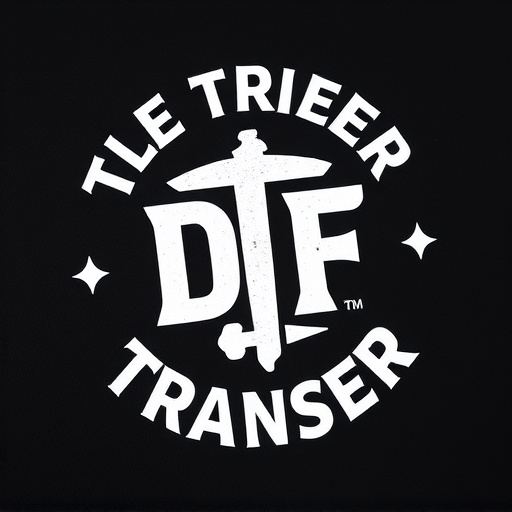
When selecting high-quality direct-to-film (DTF) transfer options, several key factors come into play. Firstly, consider the print quality – look for technologies that offer sharp resolution, vibrant colors, and accurate color reproduction to ensure your final prints are as stunning as the original content. The media compatibility of the DTF system is another critical aspect; check if it supports various types of films and substrates to cater to diverse project needs.
Additionally, durability and longevity of the prints should be a priority. High-quality DTF transfers often employ robust inks and laminates that protect the print from fading, scratches, or water damage. Consider also the ease of use and setup time of the transfer process. Streamlined systems with user-friendly interfaces can save time and effort, making them ideal for both professional production environments and hobbyists alike. Lastly, after-sales support and warranty from manufacturers can offer peace of mind, ensuring your investment is protected should any issues arise.
The Role of Technology in Enhancing DTF Printing Accuracy and Clarity

The advancements in technology have played a pivotal role in enhancing the accuracy and clarity of Direct-to-Film (DTF) printing, making it one of the highest quality transfer options available in the market today. Modern DTF printers utilize advanced inkjet technologies that precisely deposit pigment onto the film surface, ensuring sharp details and vibrant colors in each print. These printers are equipped with high-resolution sensors and sophisticated software algorithms that accurately track and register the film during printing, minimizing any potential distortion or misalignment.
Moreover, advancements in film materials have significantly contributed to the overall quality of DTF prints. High-quality films designed specifically for DTF printing offer improved opacity, allowing for deeper blacks and better color reproduction. These films are also treated with special coatings that enhance their durability and resistance to fading, ensuring that DTF prints maintain their vibrancy and clarity over extended periods. Together, these technological innovations have raised the bar for DTF transfers, making them a preferred choice for professional printers and enthusiasts alike seeking exceptional print quality.
Benefits of Professional DTF Transfers for Various Applications

Professional Direct-to-Film (DTF) transfers offer unparalleled advantages for a wide range of applications, setting them apart from amateur or DIY methods. The precision and expertise involved in DTF Transfers ensure exceptional image quality, color accuracy, and crisp details, making them ideal for demanding industries like advertising, signage, and event merchandising. With state-of-the-art equipment and a deep understanding of material properties, professionals can achieve vibrant prints that are durable and weather-resistant, suitable for both indoor and outdoor use.
Beyond aesthetic excellence, DTF Transfers streamline production processes significantly. They eliminate the need for complex set-up and plate-making stages, reducing time and labor costs. This efficiency is particularly beneficial for bulk orders or projects with tight deadlines, enabling businesses to deliver high-quality marketing materials, promotional displays, or custom products swiftly and cost-effectively. DTF Printing also offers versatility, allowing for various media types, from vinyl to canvas, catering to diverse customer needs and preferences.
Popular DTF Print Service Providers and Their Unique Features

In today’s digital age, direct-to-film (DTF) transfer services have revolutionized how we preserve and share cherished memories. Several providers stand out for their exceptional quality and unique features. One such leader is Printic, renowned for its user-friendly platform and high-resolution DTF prints. They offer a wide array of film formats, ensuring that users can capture every detail with precision. Additionally, Printic’s instant printing feature sets it apart, allowing customers to transform digital snaps into physical treasures swiftly.
Another notable mention is Lab 4 Art, known for its artistic edge and creative freedom. This provider caters to both amateur and professional photographers by offering customizable DTF transfers on various media types, from traditional photo papers to innovative metal and canvas surfaces. Lab 4 Art’s advanced color correction tools and dedicated customer support make it a preferred choice for those seeking top-tier DTF transfer quality and unmatched artistic expression.
Ensuring Longevity: Preservation Techniques for Optimal DTF Prints

To ensure the longevity of direct-to-film (DTF) transfers and maintain the quality of DTF prints over time, specific preservation techniques must be employed. The first step involves using high-quality materials throughout the process. This includes premium film stocks known for their durability and resistance to fading or distortion. Professional-grade inks and coatings also play a crucial role in safeguarding the print’s integrity by providing additional protection against environmental factors.
Additionally, proper storage conditions are essential. DTF prints should be kept in a cool, dry place, away from direct sunlight and sources of moisture. Using archival-quality frames or envelopes and avoiding plastic containers that can trap humidity will help prevent the buildup of condensation, which can lead to discoloration or even mold growth. Regular cleaning and handling with care also contribute to preserving the prints’ aesthetic quality for years to come.

